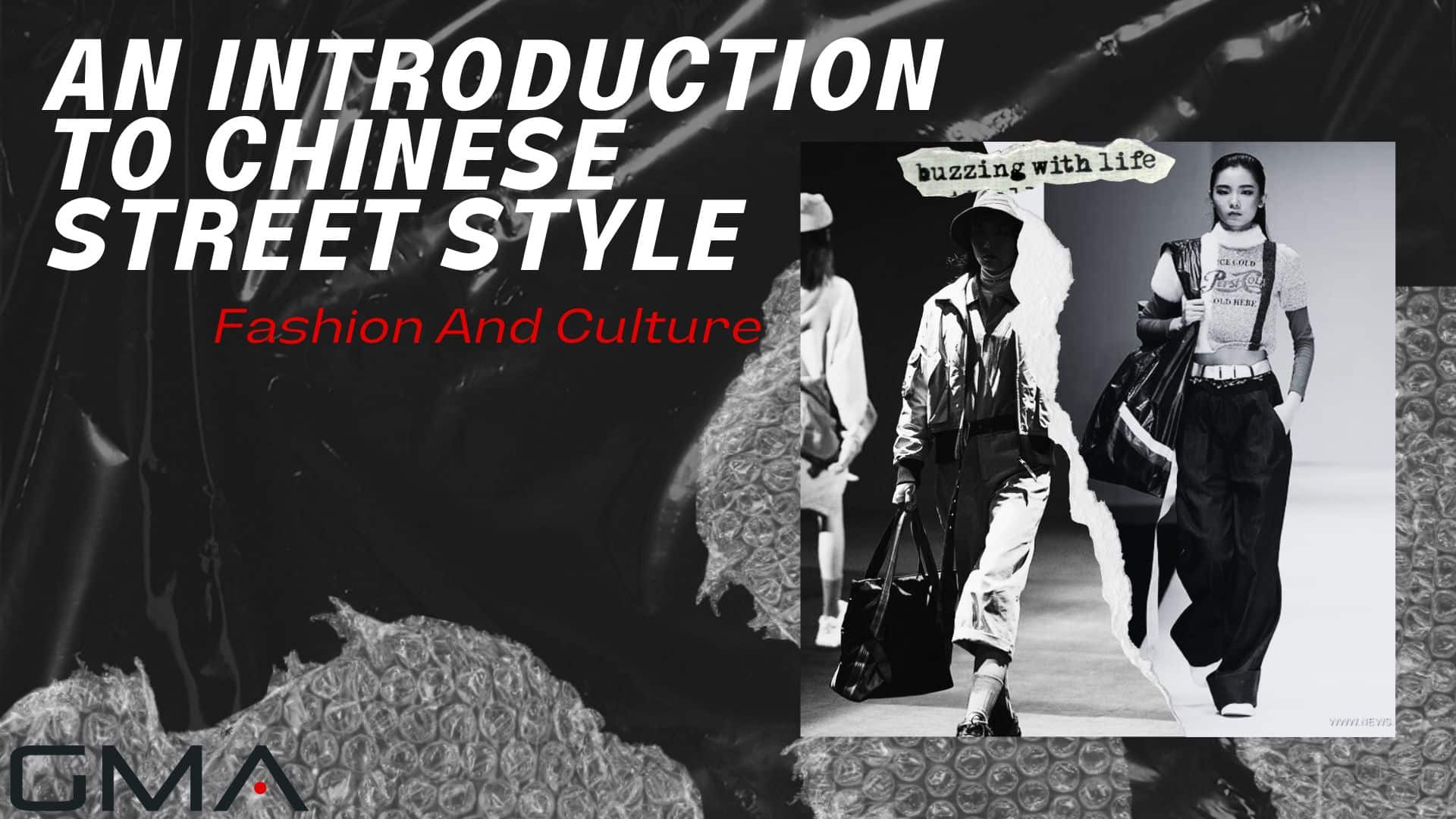In the dynamic landscape of global fashion, Chinese street style stands out as a captivating blend of fashion and culture. From the vibrant streets of Beijing to the bustling alleys of Shanghai, Chinese street style reflects the rich heritage and contemporary influences that shape the country’s fashion scene.
This introduction offers a glimpse into the fascinating world of Chinese street style, where traditional elements intertwine with modern trends to create unique and expressive fashion expressions. Join us as we embark on a journey to explore the captivating fusion of fashion and culture that defines Chinese street style.
In this post, we’ll talk about the best Street Style in China – from its rich historical origins to the current trends shaping its future.
Key Takeaways
- Key elements of Chinese street style include the fusion of traditional and modern designs, the use of bold colors and patterns inspired by both Chinese and Western cultures, and the trend of mixing high-end fashion with more affordable pieces.
- The evolution of Chinese street style reflects a shift from fashion being a marker of social status to an expression of individuality and personal aesthetics.
- Western fashion has had a profound impact on Chinese street style, with high-end brands and fast-fashion labels reshaping local tastes towards Western aesthetic standards while maintaining unique elements rooted in home-grown culture.

Historical Context of Chinese Street Fashion
Traditional Clothing and Influences
Delving into the realm of Chinese street fashion, you can’t overlook the profound impact of traditional clothing and influences. From Hanfu, a historical style dating back to the Paleolithic Times, to garments worn by ethnic minorities in diverse regions across China, these indigenous dress forms not only represent an essential part of Chinese culture but also shape modern trends observed on bustling city streets.
As we navigate through busy marketplaces in Shanghai or Beijing, it’s common to spot youthful trendsetters effortlessly merging elements from traditional attire with contemporary designs forming an exciting fusion that defines today’s Chinese street style.
A closer look will reveal distinct features such as long loose jackets or straight-cut gowns adapted from age-old fashion norms now restyled for a chic urban aesthetic. The standout piece is Qipao or Cheongsam which has transcended borders influencing East Asian countries like Korea and Japan.
Browsing through fashionable ensembles is akin to revisiting China’s rich sartorial history marked by cultural revolutions which established utilitarian national dress codes setting apart male and female outfits and paving the way for gender-specific styles prevalent even today.
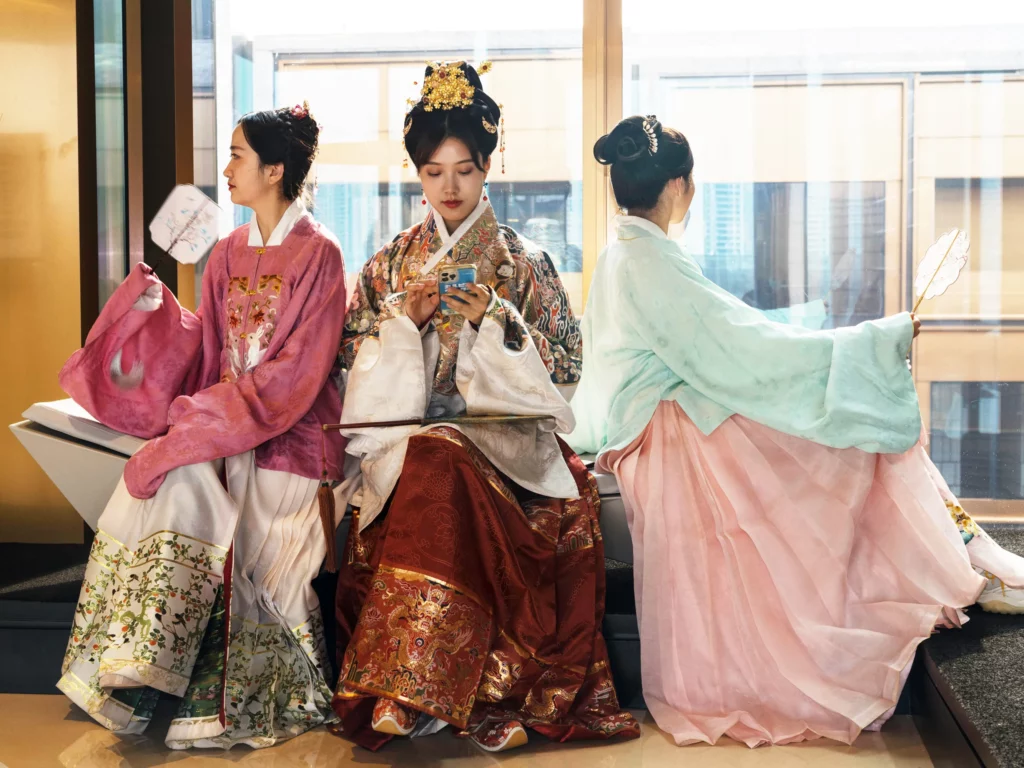
Shift from Social Status to Self-Expression
The revolution of the Chinese street style mirrors the significant societal restructuring that China has witnessed over the decades. One key element in this transformation is the shift from social status to self-expression.
In earlier periods, fashion was a reflection of one’s social standing; opulent clothing indicated wealth and power, while simpler attire symbolized the working class or poverty.
However, modern Chinese street fashion tells a different story – it encapsulates individuality and personal aesthetics more than ever before. This evolution aligns with global trends where fashion serves as an extension of one’s identity rather than rank or status.
Unique clothing associated with ethnic culture often grabs mainstream attention now, manifesting how individuals are honoring traditions while expressing their unique identities through sartorial choices.
This seismic shift in perspective influences not just those sporting these trends on bustling city streets but also impacts consumer behavior in China’s robust fashion industry – it motivates purchasing habits centered around personal preferences rather than societal pressure or expectations.
Ultimately, this trend epitomizes Fashion’s transformative journey within China – from being a marker of socio-economic hierarchy to becoming a dynamic canvas reflecting one’s identity and creativity.
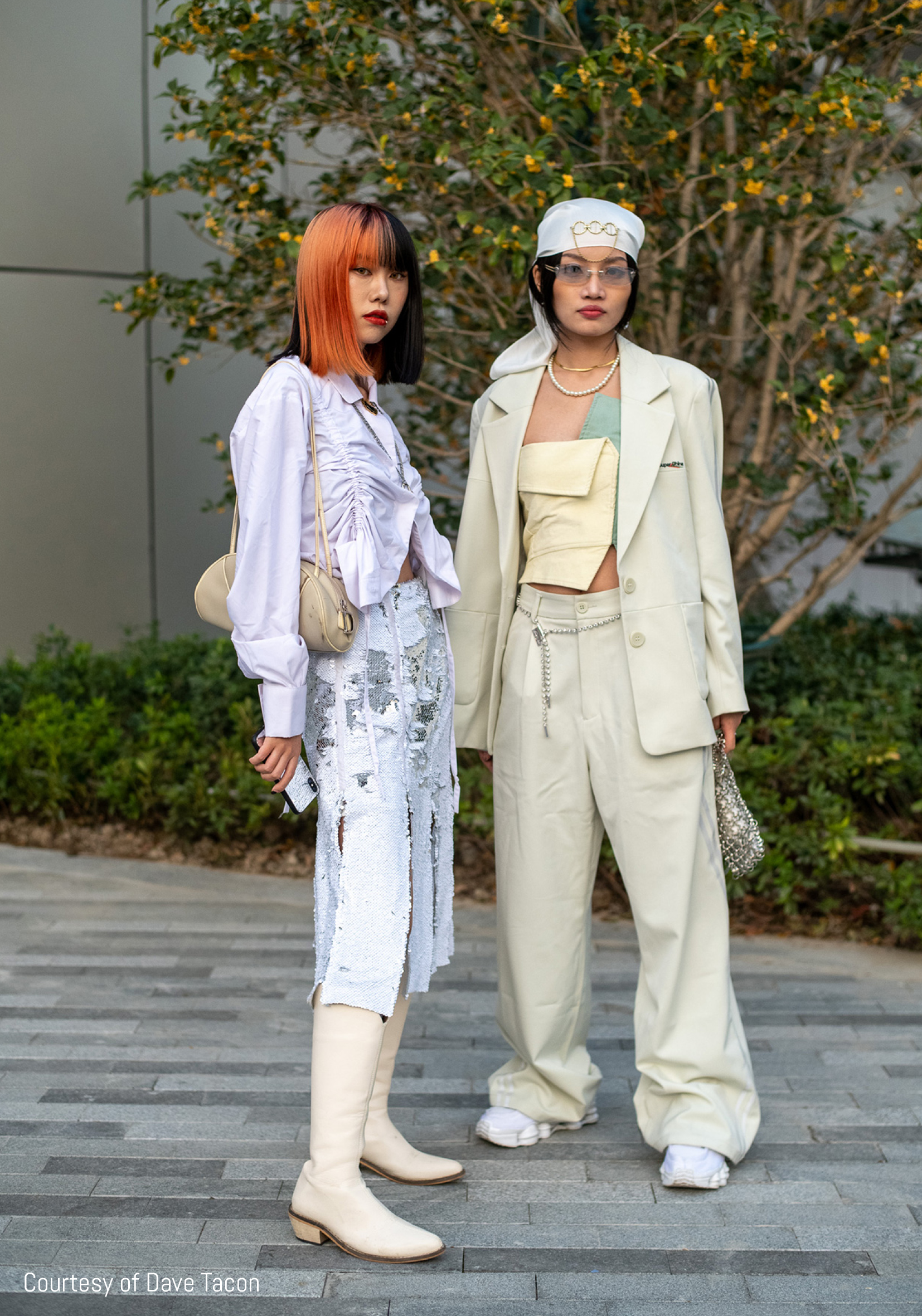
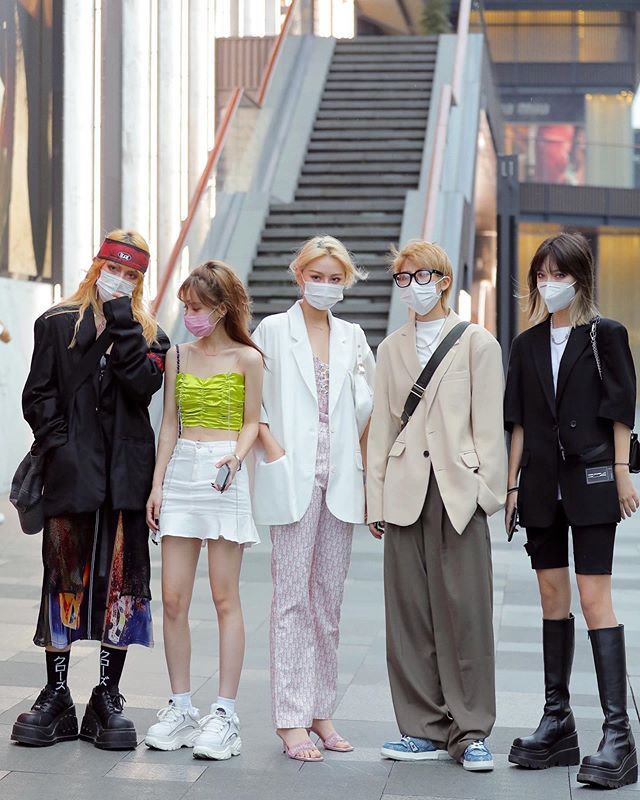
Impact of Western Fashion on Chinese Street Style
The influence of Western fashion on Chinese street style is profound and transformative, shaping the evolution of China’s fashion industry. This interchange brought an innovative shift from the utilitarian national dress code extended during the Cultural Revolution to a more expressive self-identity mode with urban cool aesthetics.
It kindled the spark for incorporating sophisticated designs, sleek cuts, and graphic patterns often found in European and American couture dominating Chinese streetwear trends. Both high-end brands and fast-fashion labels have penetrated urban closets, subtly reshaping local tastes towards Western aesthetic standards.
However, it hasn’t been a one-way streak as Chinese designers ingeniously blend these foreign styles with localized elements creating unique hybrid lookbooks that are both globally appealing yet deeply rooted in home-grown culture – directly contributing to the modernization and globalization of their burgeoning apparel trade industry.
Worth noting though this adoption isn’t without its unique twist; by strategically merging traditional aspects into westernized outfits – an authentic representation of cultural identity happening on city streets across Beijing to Shanghai – all thanks to this fascinating fusion called Chinese Street Style!
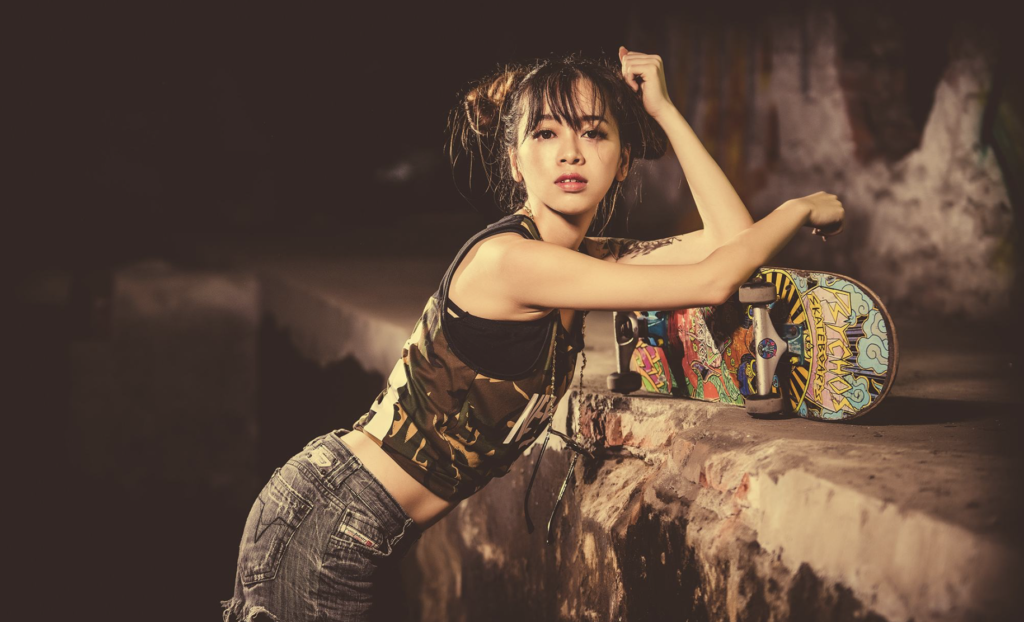
Key Elements of Chinese Street Style
Fusion of Traditional and Modern Designs
This blending of elements from the past with contemporary aesthetics showcases China’s rich cultural heritage while embracing the influences of globalization. For instance, modern Hanfu street fashion combines traditional elements of Hanfu clothing, rooted in age-old fashion traditions, with contemporary silhouettes, fabrics, and prints. The result is a vibrant and dynamic fashion movement that captures both tradition and innovation.
By incorporating these fusion designs into your marketing strategy, you can tap into the growing popularity of Chinese street style and appeal to a diverse audience seeking a fresh take on fashion.
Use of Bold Colors and Patterns
Vibrant hues and intricate prints are often incorporated into street fashion in China, creating a visually striking aesthetic that catches attention. This trend draws influences from various sources, including the vibrant color palettes seen in K-pop fashion trends and the unique aesthetic standards of both Chinese and Western fashion cultures.
In traditional Chinese culture, the color red holds great symbolism, representing vitality, joy, and happiness. It is commonly used in Chinese street fashion to make a bold statement and bring positive energy to an outfit.

Additionally, Japanese fashion trends also inspire Chinese street style with their emphasis on bold colors and designs.
Multiple layers are often utilized in Japanese fashion as well, adding depth and visual interest to outfits.
When exploring Chinese street style further, you’ll notice a fusion between traditional elements such as intricate patterns inspired by traditional Chinese clothing styles combined with modern designs.
This integration creates an exciting blend of old-meets-new aesthetics that reflects China’s dynamic cultural heritage while embracing contemporary global influences.
The Trend of Mixing High and Low Fashion
This unique fusion creates a dynamic and versatile look that embodies both luxury and everyday wear. It allows individuals to express their personal style while breaking traditional fashion boundaries. By combining designer labels with streetwear staples, Chinese street fashion reveals a sense of creativity, individuality, and non-conformity.
This trend not only reflects the evolving tastes and preferences of Chinese consumers but also highlights the growing influence of street culture in shaping contemporary fashion trends. As sustainability becomes increasingly important, this blend of high and low fashion also contributes to conscious consumption by allowing individuals to maximize their wardrobe options without compromising on style or quality.
Metropolitan Chic vs. Rustic Charm
In major cities such as Beijing and Shanghai, street fashion trends lean towards modern designs that fuse traditional elements with bold colors and patterns. These urban centers are hotbeds of creativity, comparable to New York or Tokyo.
On the other hand, rural areas showcase unique regional styles influenced by local culture and climate. China’s rich cultural diversity is evident not only in its metropolitan cities but also in remote regions where fifty-five minority groups reside with their own distinctive cultures and customs.
Living in a vast and geographically diverse country like China, it’s no surprise that regional climate and local culture have a significant influence on fashion trends. Each region boasts its own unique style, shaped by factors such as weather patterns, cultural traditions, and historical influences.
For example, in colder regions like Inner Mongolia or Heilongjiang Province, you’ll find people layering up with warm coats and boots to combat the harsh winters. On the other hand, coastal cities like Shanghai embrace lighter fabrics and breezy silhouettes to beat the heat and humidity.

The rich tapestry of Chinese culture further adds depth to regional fashion styles – from vibrant colors reflecting ancient traditions to intricate embroidery depicting local folklore. These diverse influences make the Chinese street style a fascinating blend of practicality and artistic expression.
Influences on Chinese Street Style
Role of Pop Culture, Celebrities, and Influencers
Pop culture, celebrities, and influencers play a significant role in shaping Chinese street style. Influential reality TV stars and collaborations with major brands have contributed to the rise of streetwear brands in China.
The diverse fashion landscape allows individuals to express their unique tastes, whether it be through styling basics, cultural wear, or bold pieces. TikTok has also had a profound impact on Chinese fashion trends, with microcelebrities gaining influence and shaping youth communication styles and self-concepts.
From K-pop influences to the introduction of creativity and new fashion trends, social media platforms like TikTok have played an essential role in the development and popularity of Chinese street style.

Emergence and Impact of Youth Subcultures
Youth culture plays a significant role in shaping fashion trends and influencing consumer behavior. In China, popular TV programs like “Street Dance of China” and “Rap of China” have sparked the rise of youth subcultures associated with street style. These shows have created a platform for young individuals to express themselves through dance and music, leading to the growth of unique fashion styles that reflect their subcultural identities.
This phenomenon has not only influenced local fashion choices but has also attracted international attention. By recognizing and embracing these emerging youth subcultures, brands can authentically connect with trendsetting consumers who are at the forefront of shaping Chinese street style trends.
Adoption and Adaptation of Global Fashion Trends
The fashion industry in China has experienced significant changes and reshaping due to influences from Western brands like Chanel and Fendi, as well as the globalization of Asian dress. Traditional Chinese elements also play a role in shaping these trends, creating a unique fusion of modern and traditional designs.
Chinese street fashion draws inspiration not just from Western brands but also from other Asian styles like Japanese Lolita, punk, and New Yorker fashion. This diverse range of influences allows for a wide variety of styles within Chinese street fashion.
It’s important to note that the perception of fashion and fashion trends is an essential aspect here – what may be trendy in one culture might not resonate with another.
With social media platforms like TikTok gaining popularity in China, there is growing interest among both males and females in Chinese street style. In fact, projections for 2023 show that this trend will continue to rise.

Consumer Behavior in China’s Fashion Industry
Insights into the Purchasing Habits of Chinese Consumers
Chinese consumers place importance on tradition, social connections, group decisions, reputation, and getting value for their money when they shop. They develop shopping habits in their youth that tend to stay with them through adulthood.
However, increased wealth can also change their shopping habits. When it comes to fashion apparel, high monthly spending in China is significantly influenced by gratification and idea motivations.
Regular spending habits are driven by the value offered by products. Over the past decade, consumer behavior in China has undergone significant changes due to rising disposable income and technology advancements.
Impact of Social Media and E-commerce Platforms
In China, these platforms have revolutionized the way people shop for fashion by providing easy access to a wide range of products and enabling interactive engagement with brands.
According to research, Chinese consumers are increasingly turning to social media platforms like WeChat and Weibo for fashion inspiration, product reviews, and recommendations. These platforms not only provide a space for individuals to express their personal style but also serve as powerful marketing tools for fashion brands seeking to reach their target audience.
With the rise of influencer marketing, social media users in China are heavily influenced by key opinion leaders who showcase trendy outfits and promote specific brands or products. The popularity of live-streaming shopping events further highlights the important role that social media plays in driving consumer behavior in China’s fashion industry.

Sustainability and Ethics in Chinese Fashion Choices
Consumers in China, particularly young urbanites, are becoming more conscious of their environmental impact and are seeking eco-friendly and ethical fashion options. A recent study by PwC found that sustainable consumption has significant potential in the Chinese market.
Chinese consumers’ fashion choices can be influenced by various factors such as intrinsic and extrinsic product cues, including sustainability practices. Brands must recognize the environmental impact of the fast fashion industry in China and address concerns about child labor in their supply chains.
By introducing sustainable fashion practices, brands can contribute to a more ethical and environmentally friendly future for the Chinese fashion industry.
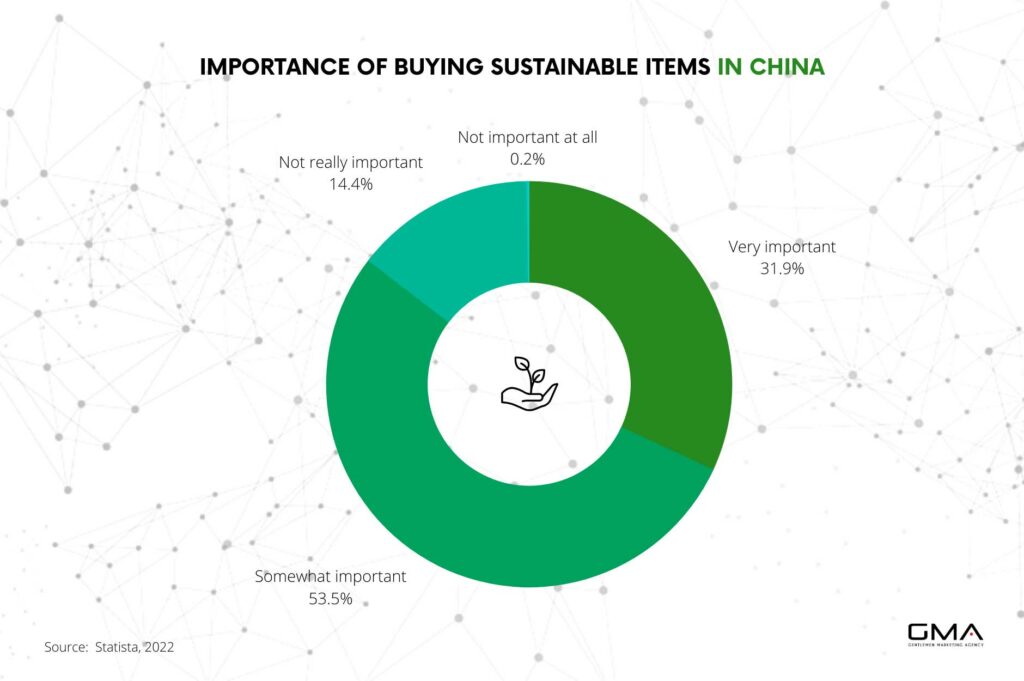
Impact of Chinese Street Style
Chinese street style has made a significant impact on the global fashion industry, showcasing a unique blend of traditional and modern designs, vibrant colors, and bold patterns. This fusion of elements has attracted fashion enthusiasts worldwide and put Chinese street style in the spotlight.
The incorporation of traditional Chinese elements into contemporary fashion by both local designers and global brands has brought a fresh perspective to the international fashion scene. This cultural influence extends beyond clothing choices, encompassing accessories, hairstyles, and makeup trends.
The rise of social media platforms, particularly TikTok, has amplified the reach and influence of Chinese street style, making it a trendsetter for global fashion. With consumers seeking unique and culturally diverse experiences, Chinese street style continues to shape the industry by offering new perspectives on self-expression and cultural identity.
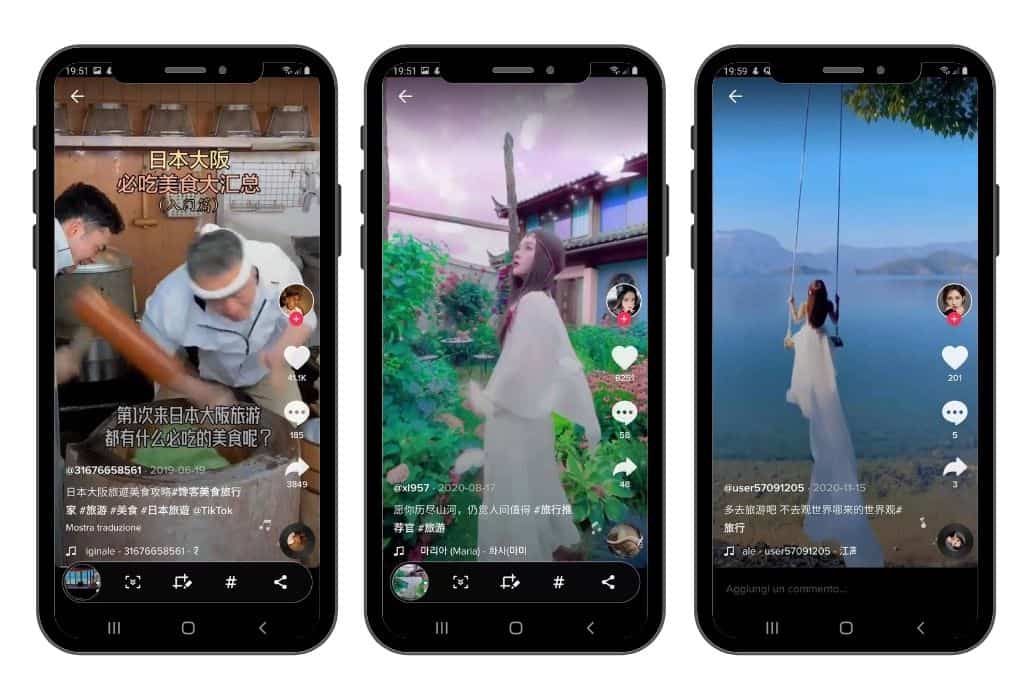
Beyond its fashion impact, the Chinese street style serves as a powerful representation of cultural identity and fashion culture. By embracing traditional clothing and objects associated with Chinese ethnic groups, street fashion attracts mainstream attention and communicates national identity internationally. The clothing choices reflect individual style preferences as well as broader societal values, conveying hidden meanings that contribute to the understanding of cultural identities.
Moreover, the Chinese street style has contributed to the economic growth and international influence of the fashion industry. China’s rise as an economic powerhouse has created opportunities for the fashion sector. The blending of traditional Chinese elements with modern designs has captured global attention and inspired countless fashion trends.
China’s rapid economic growth, driven by factors like capital investment and domestic savings, has positioned it as a major player in the global economy. The expanding middle class and increasing consumer spending power have fueled the thriving fashion retail industry in China. Online platforms and e-commerce giants have played a crucial role in connecting consumers and driving economic growth.
Chinese street style represents more than just clothing; it represents cultural identity and self-expression. By embracing heritage while incorporating global influences, Chinese individuals have become trendsetters on an international scale. This representation not only adds diversity to the world of fashion but also shapes consumer behaviors worldwide.

Practical Tips for Tapping Into the Chinese Street Style Market
- Deepen knowledge of Chinese traditions, values, and etiquette
- Enhance cross-cultural communication and build relationships based on mutual respect
- Recognize similarities and differences between Chinese and American cultures
- Partner with individuals who have a deep understanding of Chinese culture and consumer preferences
- Gain valuable insights and connections within the industry
- Leverage the influence of Key Opinion Leaders (KOLs) in China
- Recognize the power of digital marketing and e-commerce in China
- Utilize cross-border e-commerce to reach Chinese consumers online
- Adapt marketing strategies to align with the rise of social commerce in China
- Integrate popular social media platforms like WeChat and Weibo into your brand’s online presence
Case Study
Tommy Hilfiger, an American fashion brand’s success lies in understanding the unique preferences and behaviors of Chinese consumers while still maintaining their brand identity. This highlights the importance of adapting your marketing tactics and expansion strategies to fit the local market dynamics.
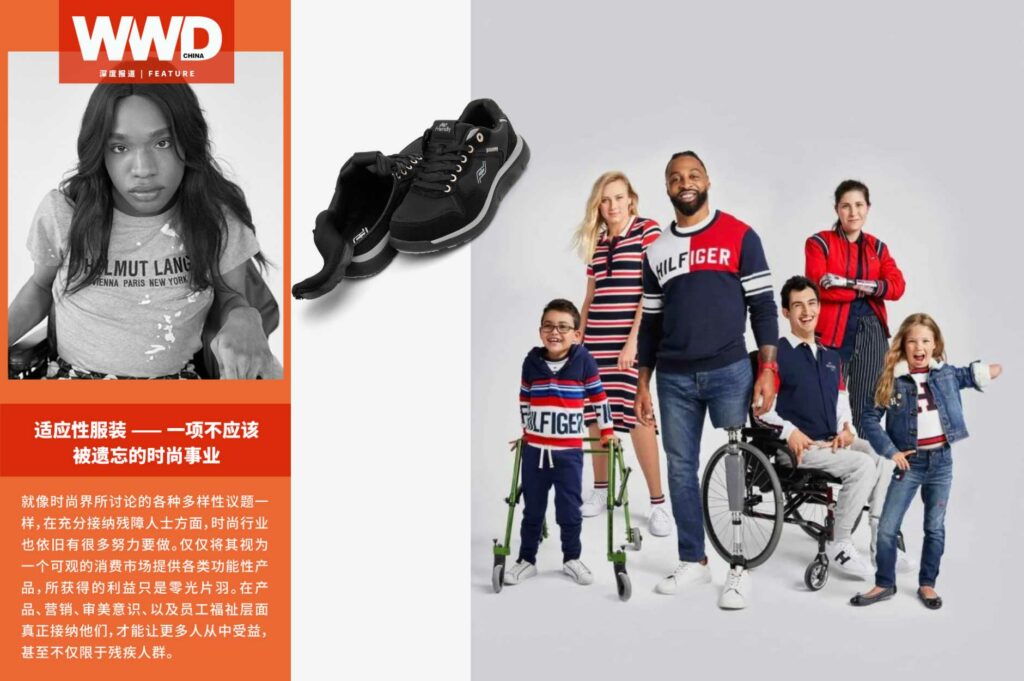
Contact Gentlemen Marketing Agency Today!
Our agency is here to help you tap into China’s street fashion market and harness the potential of Chinese street style. With our expertise and experience, we can guide you in understanding the cultural nuances, collaborating with local influencers or designers, and leveraging digital platforms to make your mark in this thriving industry.

Chinese street style is a fascinating blend of traditional and modern influences, showcasing the cultural richness of China’s fashion scene. It has evolved from a symbol of social status to an expression of individuality and artistic flair, captivating audiences worldwide.

So don’t hesitate to reach out to us and explore the world of Chinese street style. Together, we can embrace its vibrant creativity and unlock exciting opportunities in the fashion market. Contact us anytime to get started.


